Courant des Bahamas
publié le 27 Avril 2011 17:41
Bonjour,
Est-ce que quelqu'un sait quelle est la force et la direction du courant qui circule dans les Bahamas ou vaut-il mieux les contourner par le nord si l'on fait route de St-Martin à Cape Canaveral.
Merci
Est-ce que quelqu'un sait quelle est la force et la direction du courant qui circule dans les Bahamas ou vaut-il mieux les contourner par le nord si l'on fait route de St-Martin à Cape Canaveral.
Merci
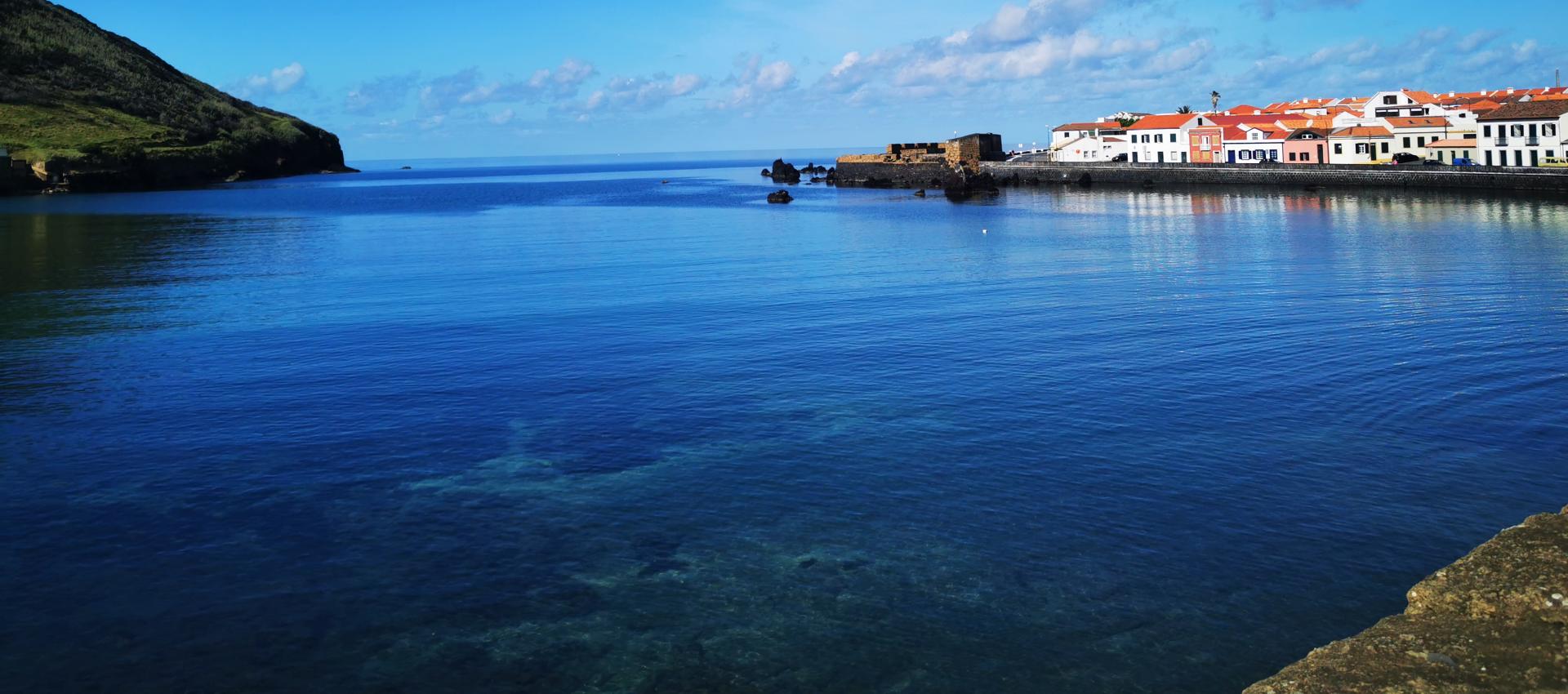
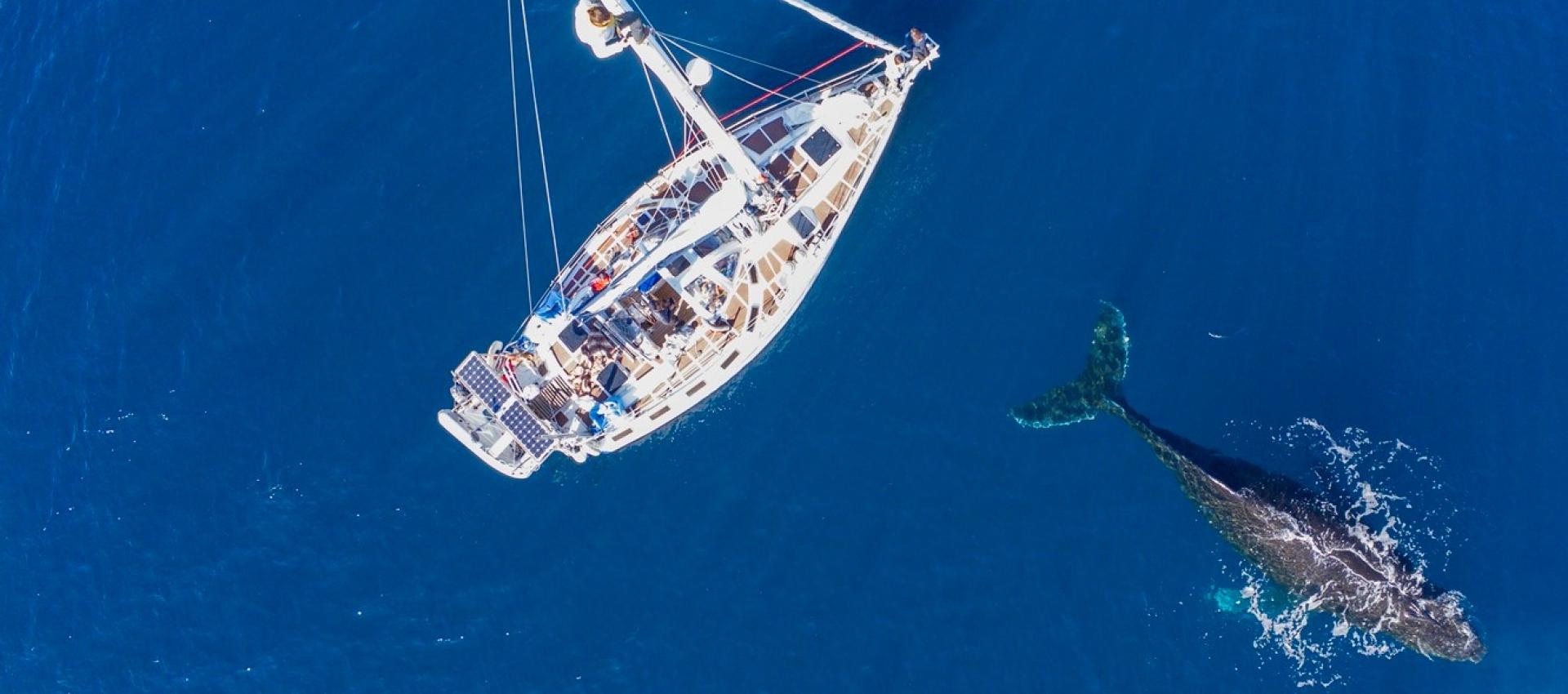
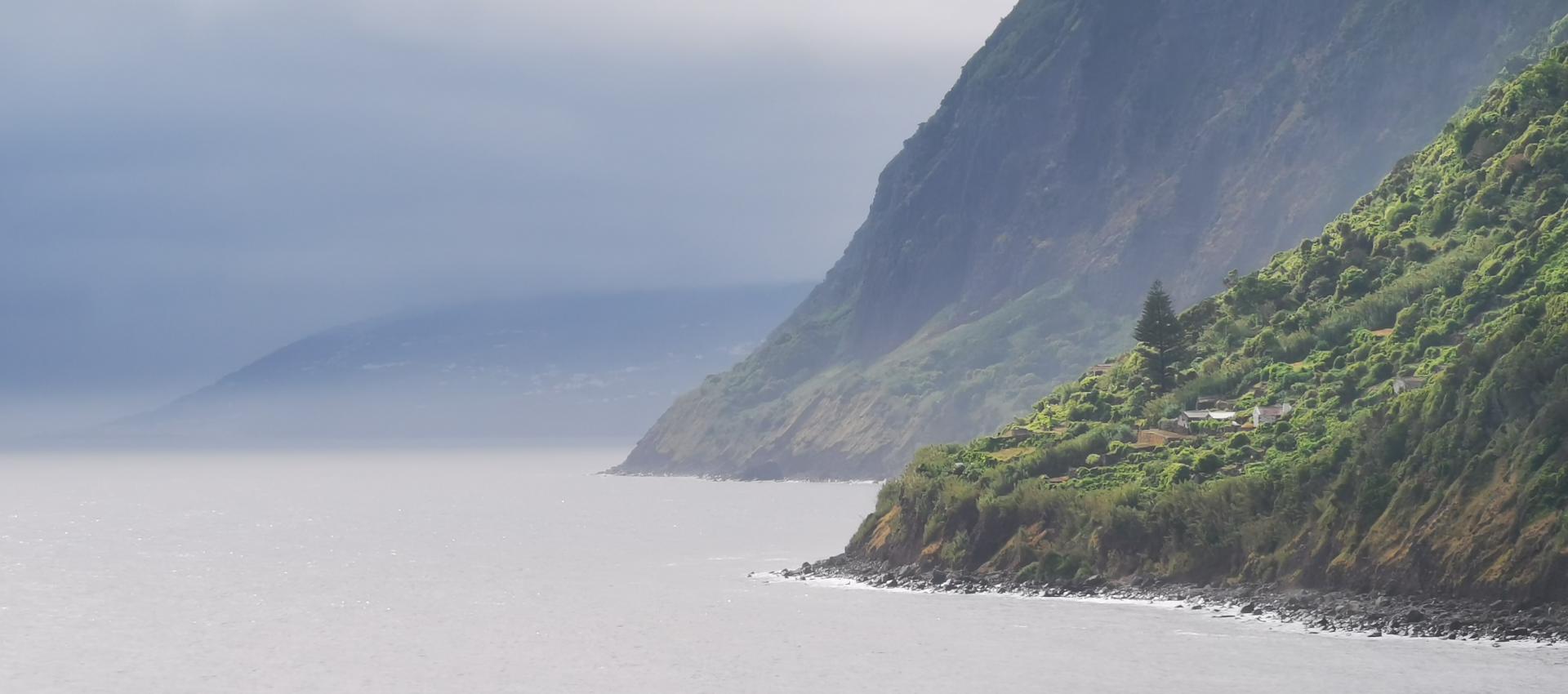
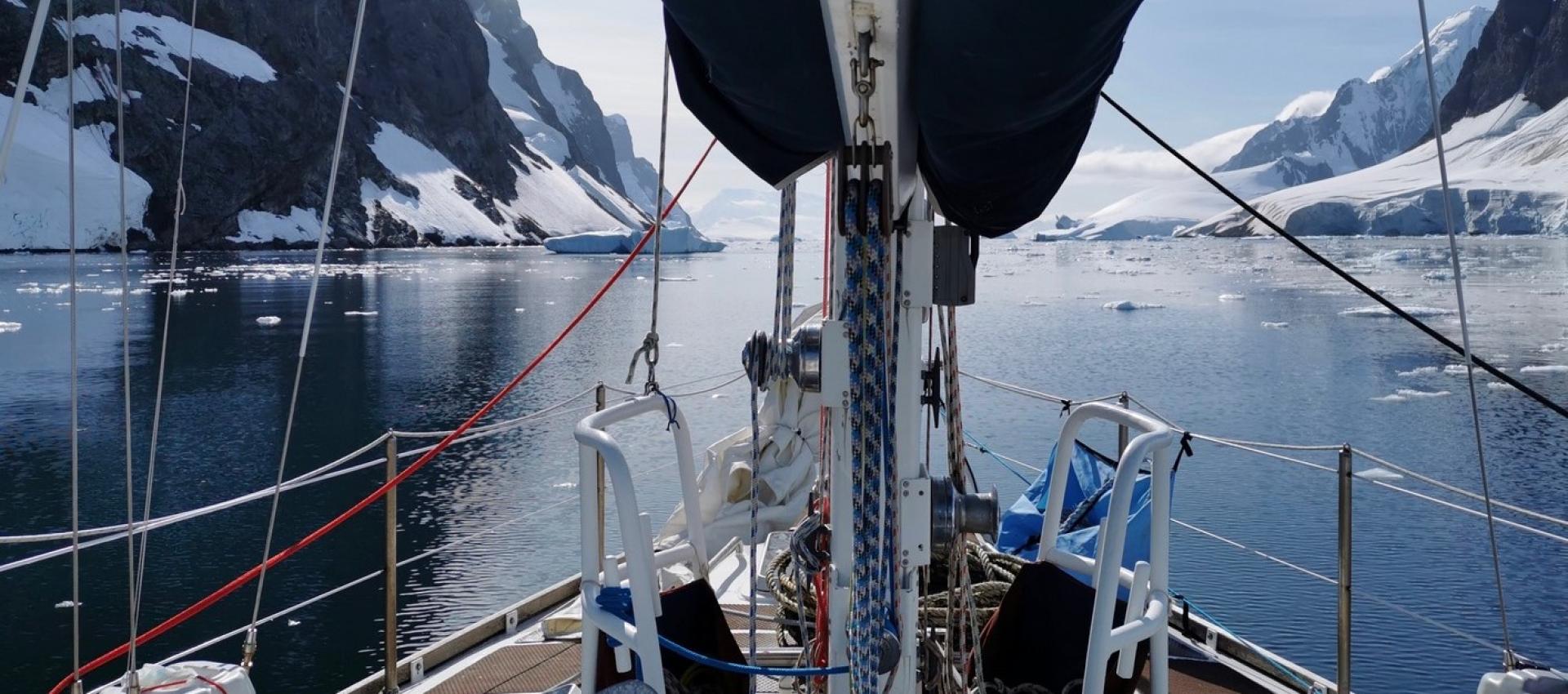
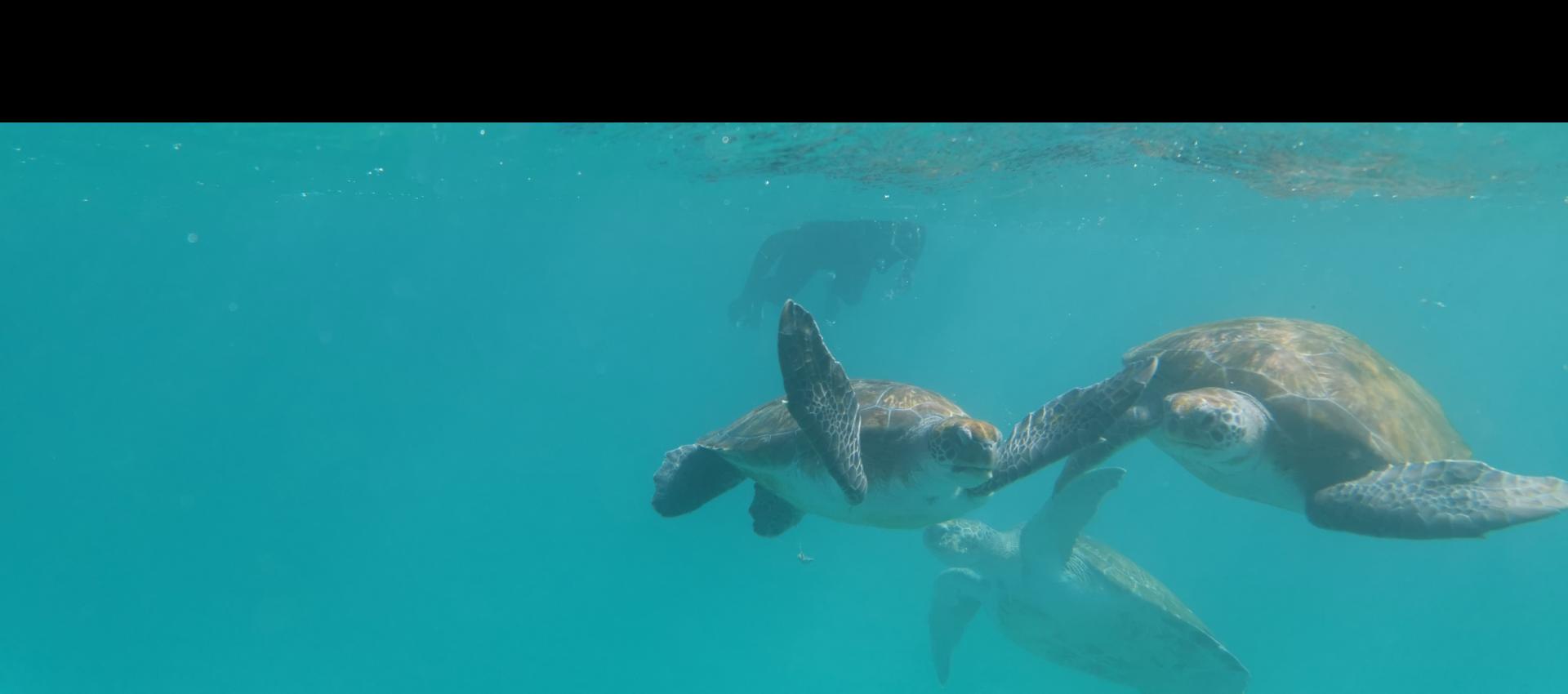
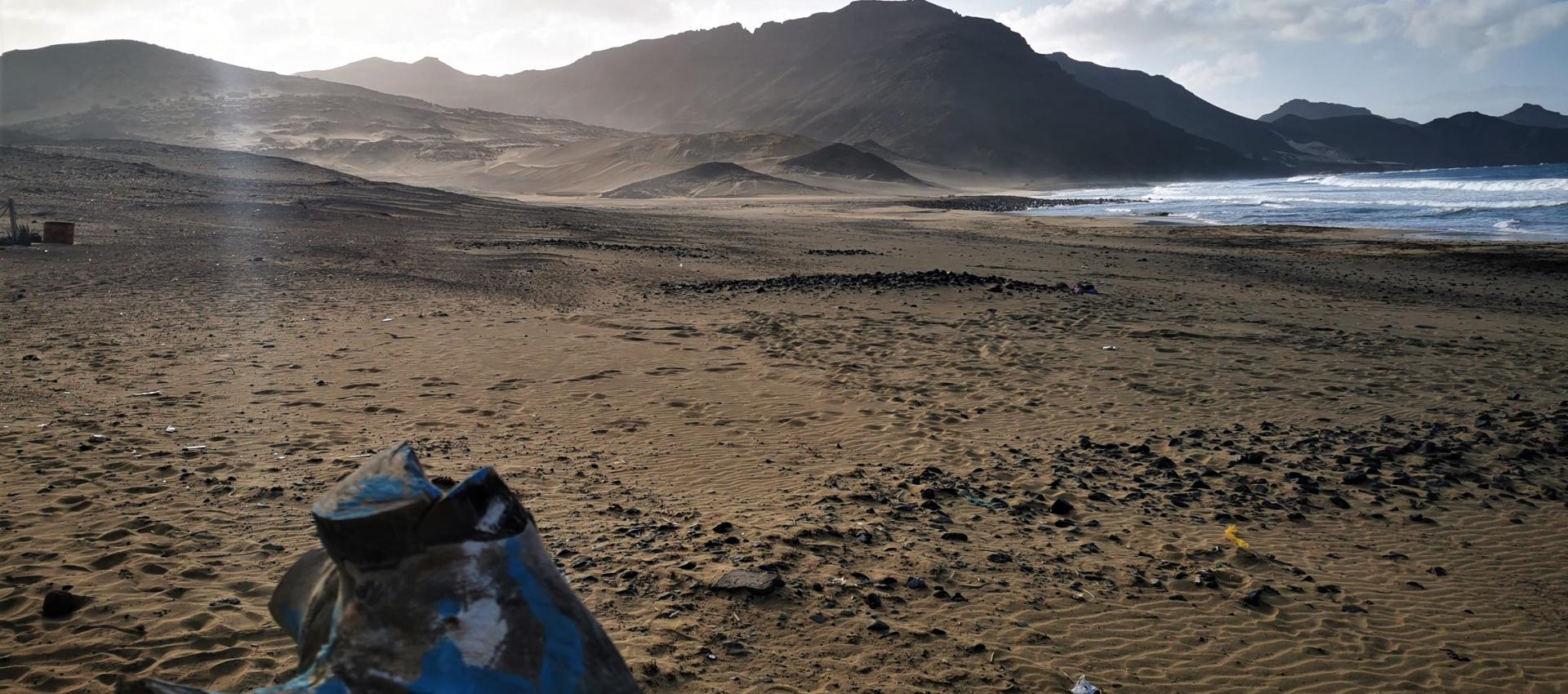

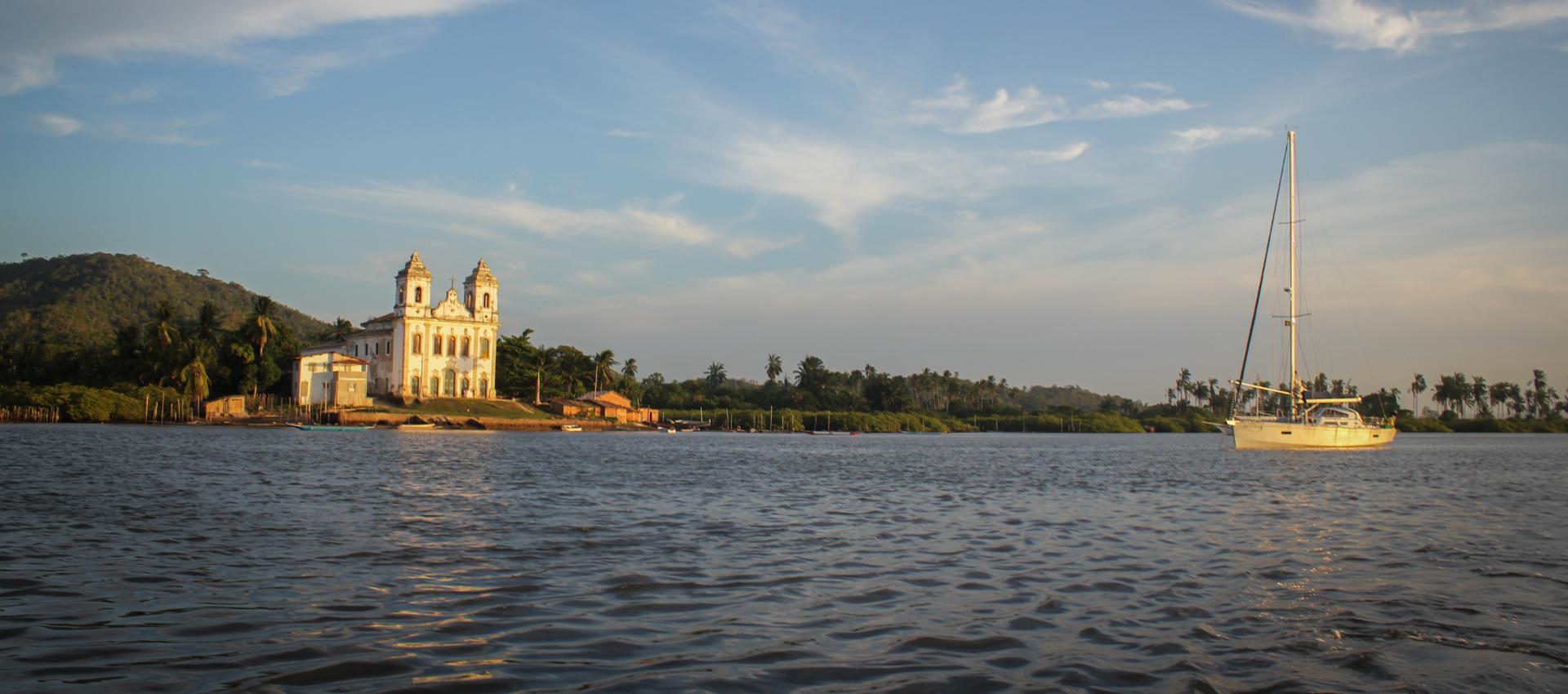
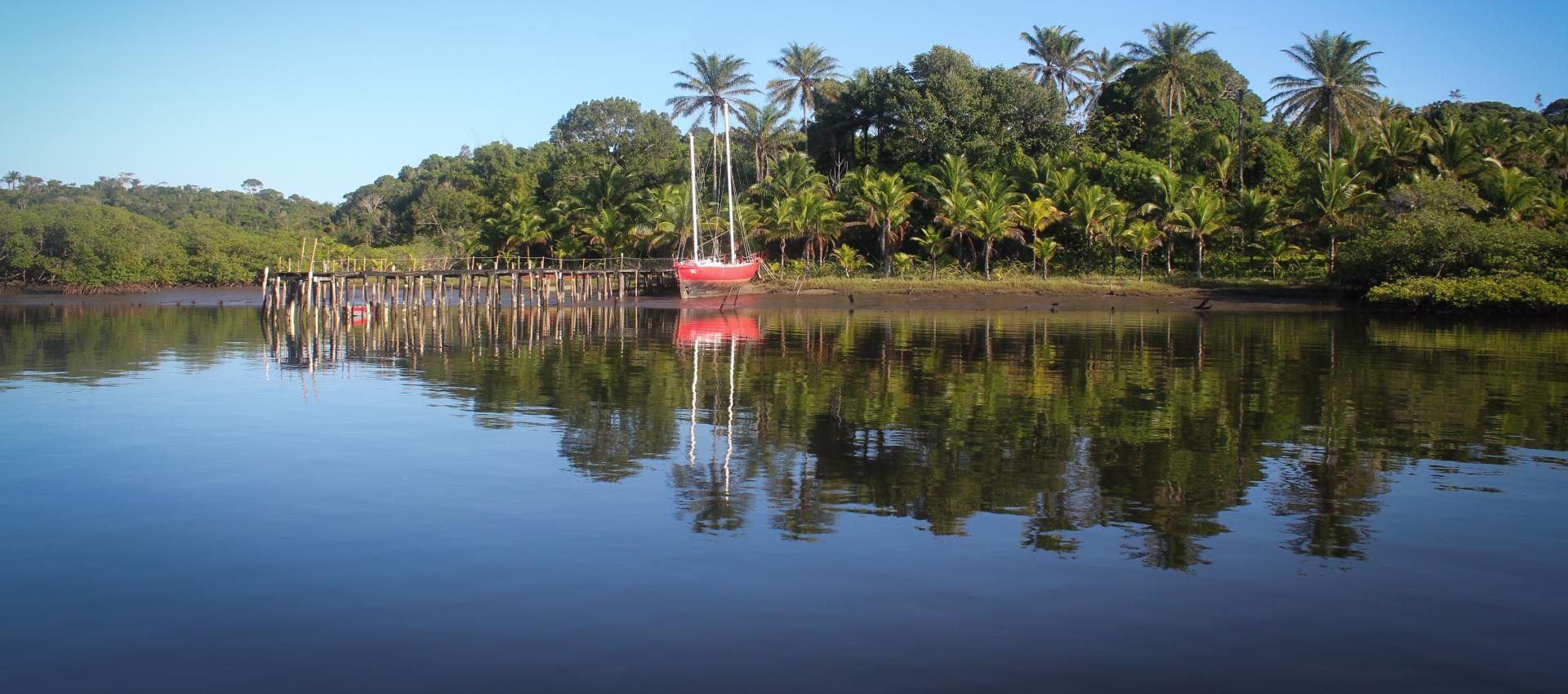
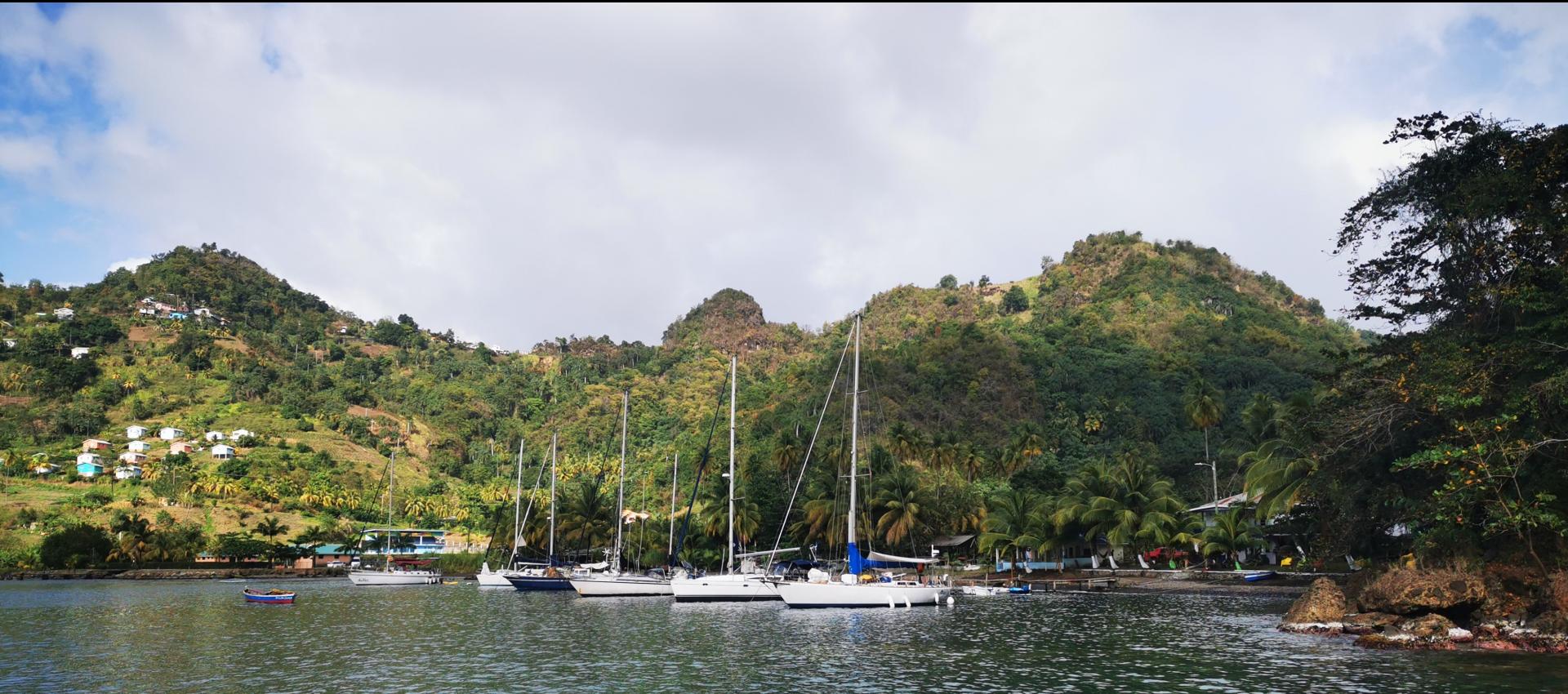
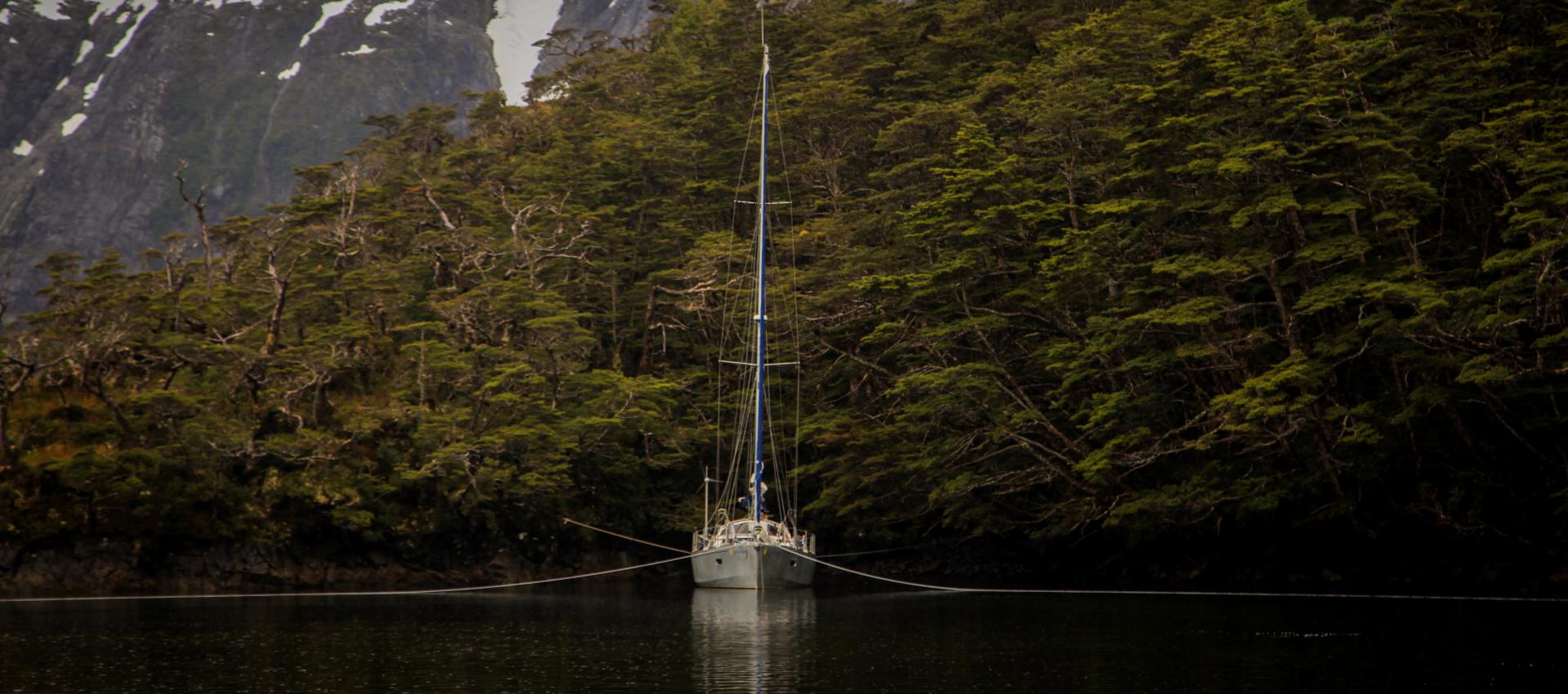
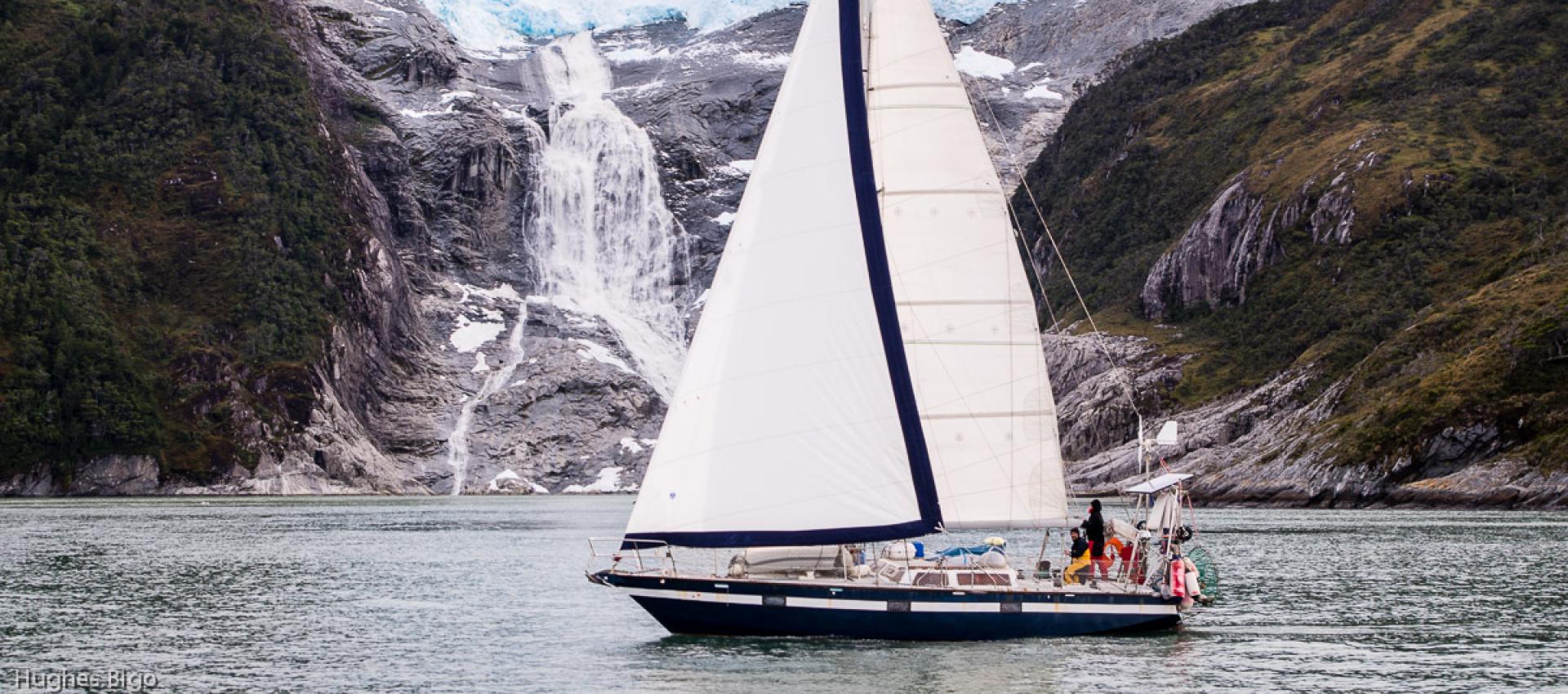
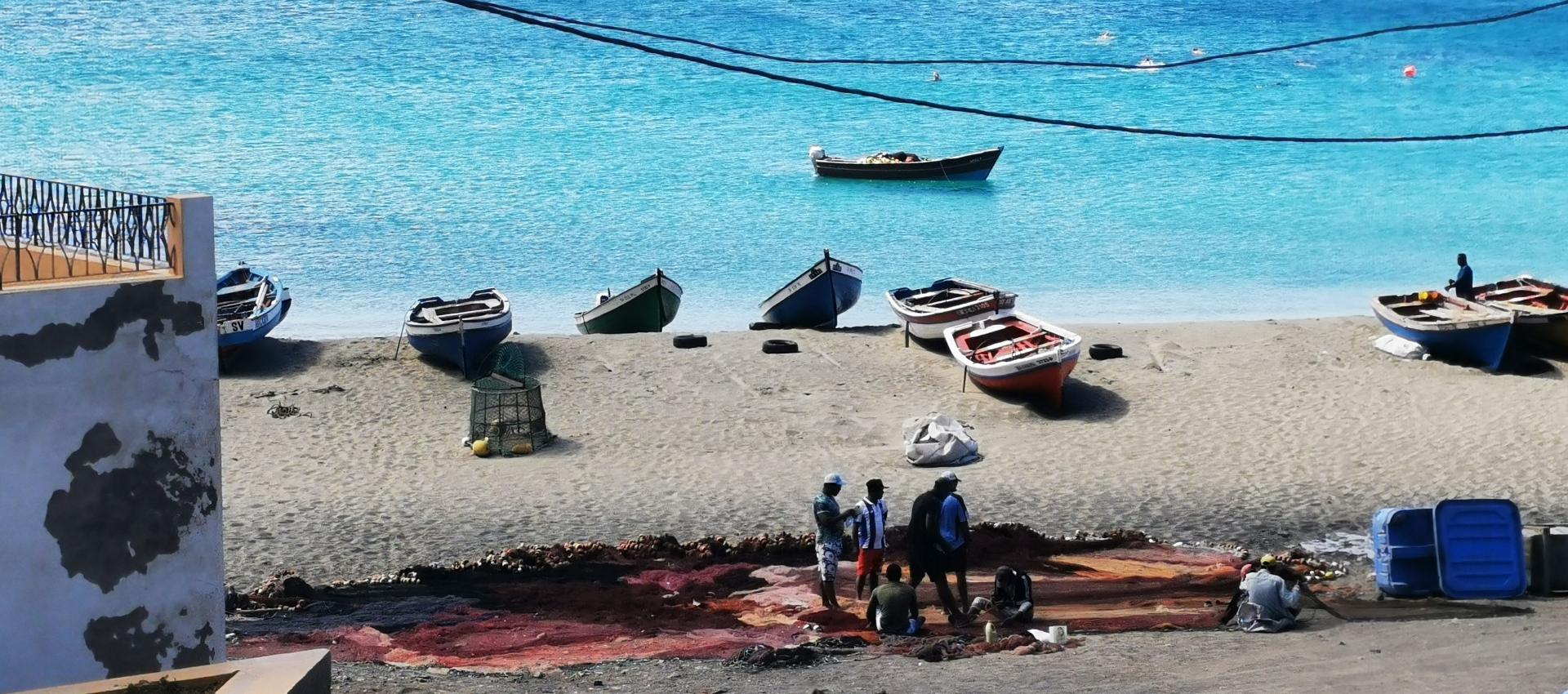
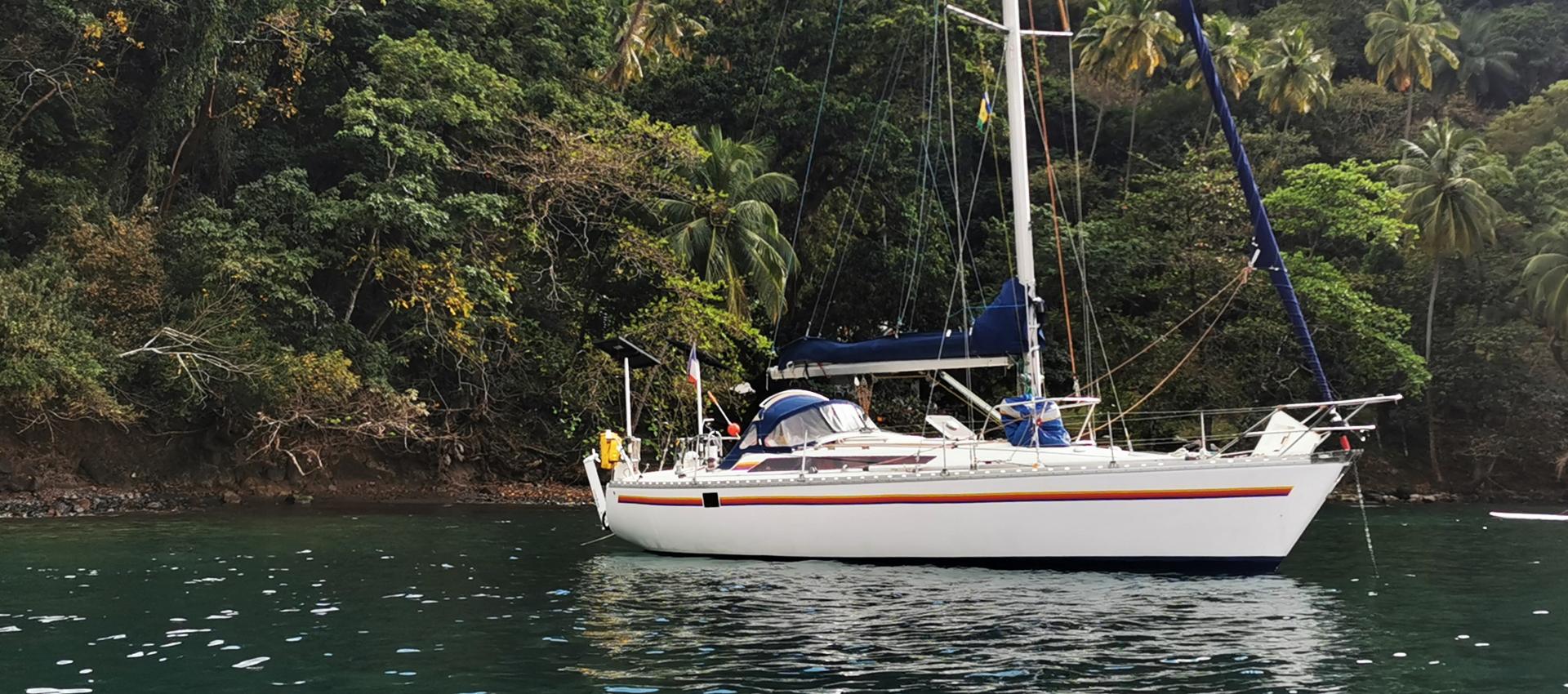
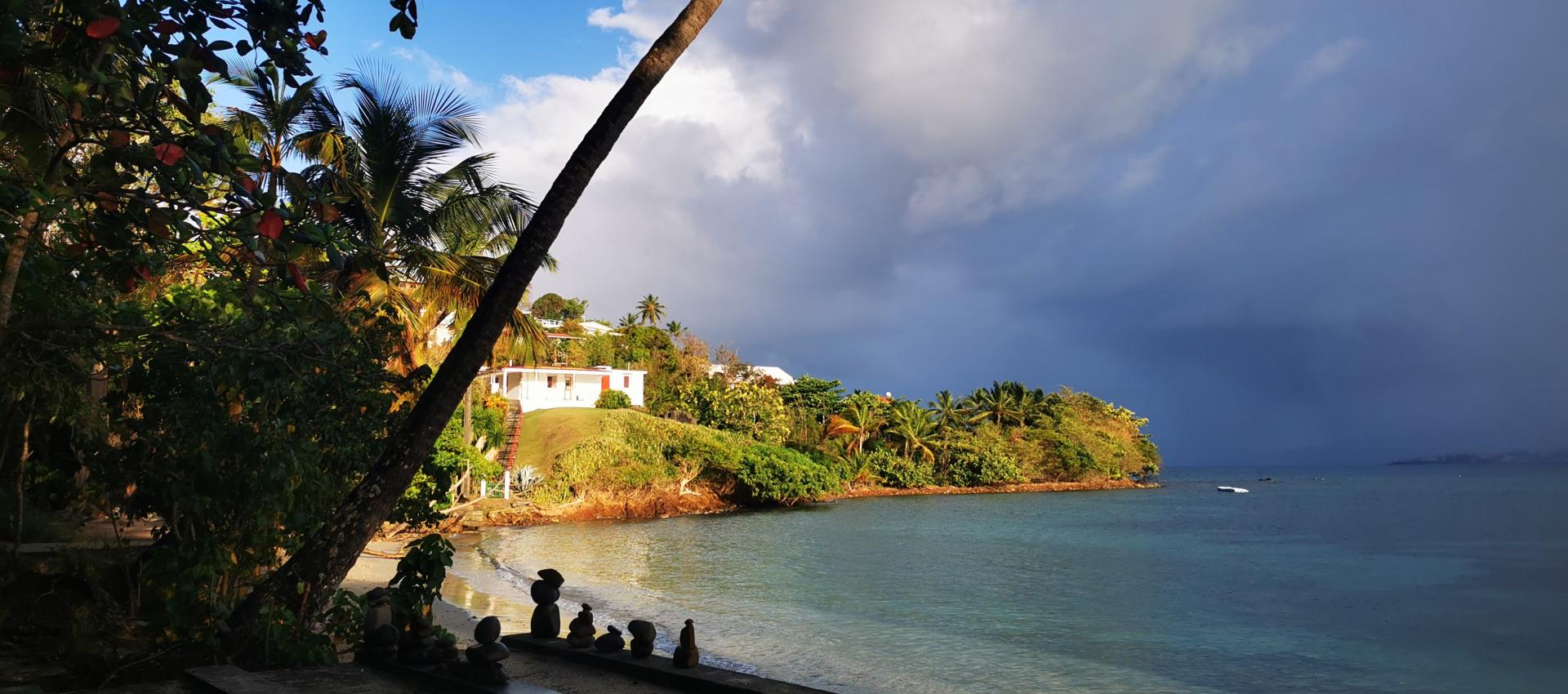
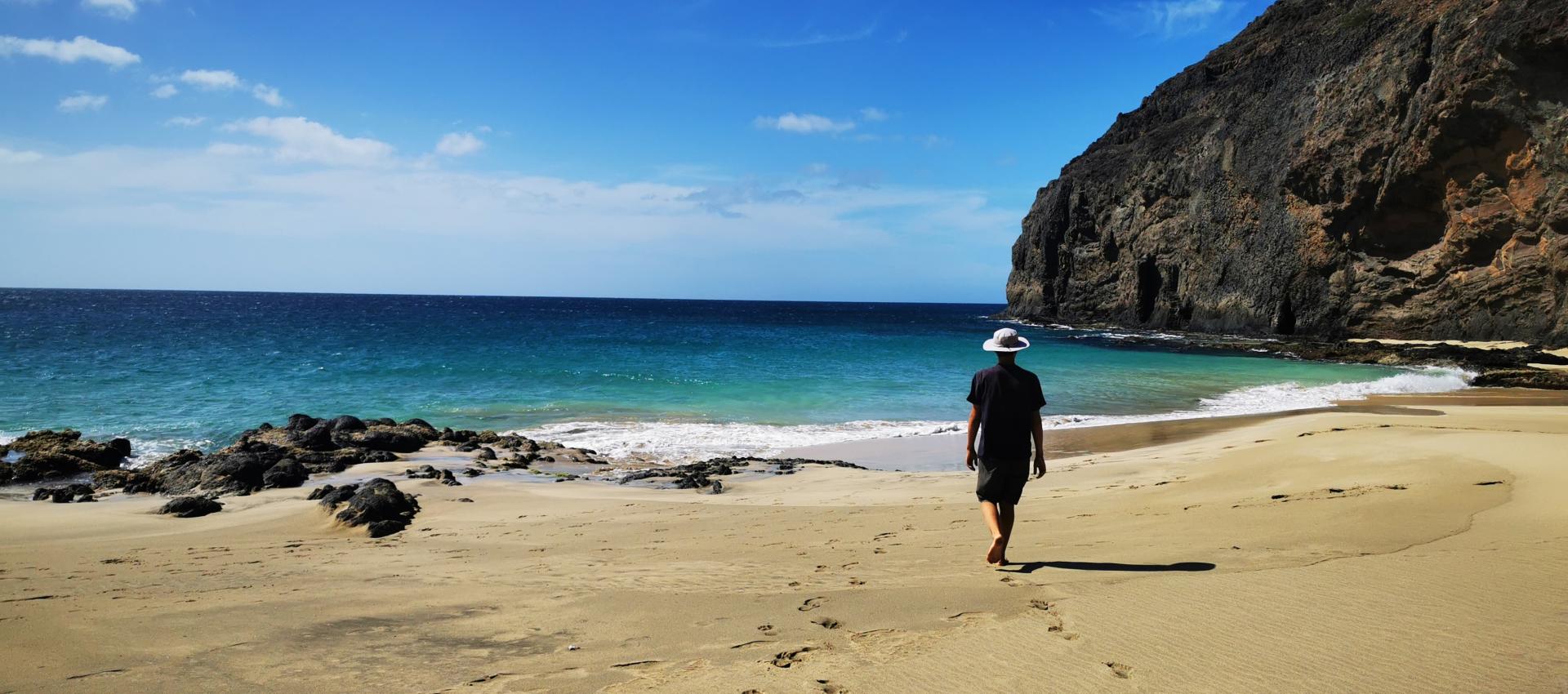
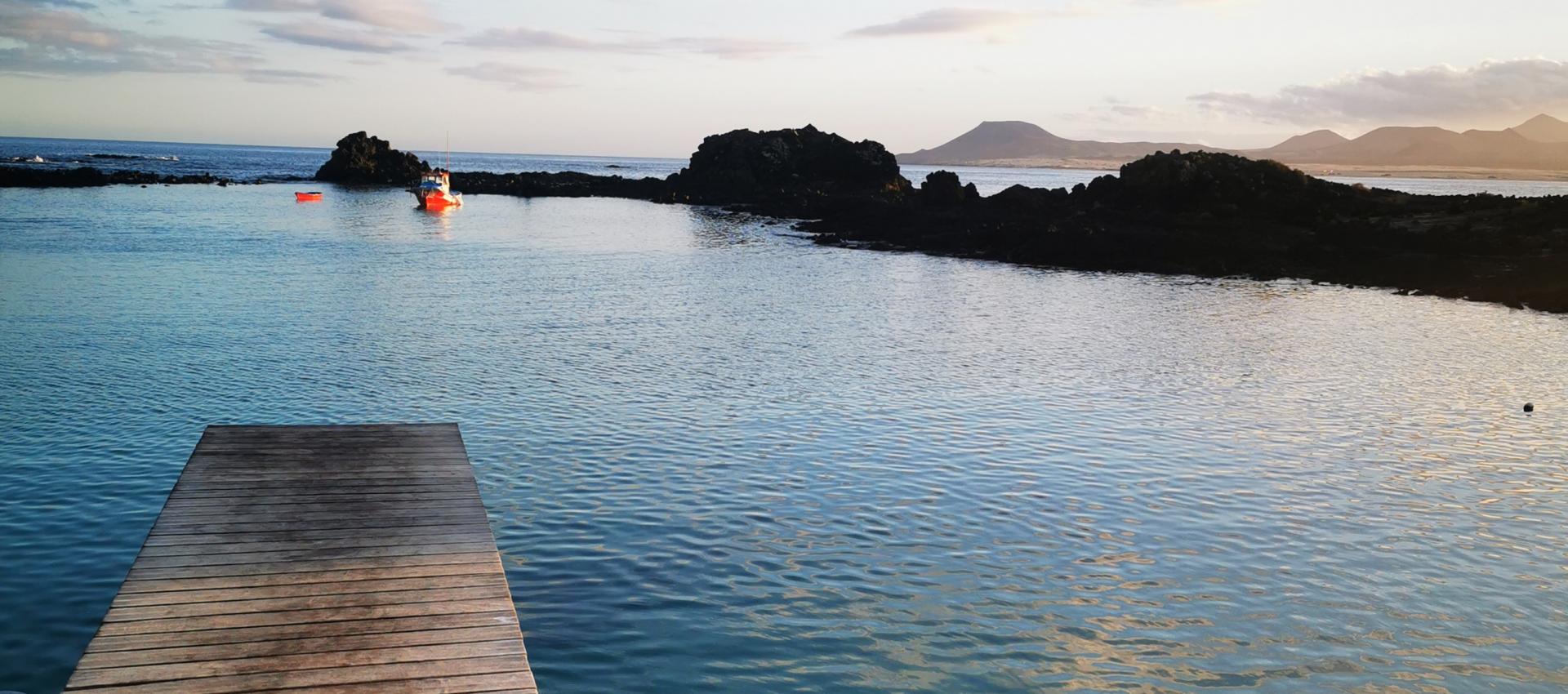

Bonjour,
Le courant est sud > nord donc dans le bon sens pour toi. Il n'y a pas de problème pour remonter les Bahamas, surtout avec ton type de bateau.
En général , les voiliers passent au sud de Grand Bahama Island et virent vers la Floride en direction de Palm Beach, ou Jupiter Inlet ou remontent vers Cap Canaveral comme tu veux le faire soit directement, soit par l'ICW.
Premier lien : la carte et la force du courant du Gulf Stream .
Deuxième lien : naviguer dans les Bahamas.
google_protectAndRun("ads_core.google_render_ad", google_handleError, google_render_ad);
Approaching Grand Bahama, which is low and difficult to see, the water tower at West End is the landmark. At night, the TV tower has a flashing red light that be seen from several miles. There is also considerable boating traffic and big tankers can usually been seen anchored or tied to the moorings offshore Freeport.
google_protectAndRun("ads_core.google_render_ad", google_handleError, google_render_ad);
When approaching Bimini at night, look for the radio tower with its red lights. During the day, the first thing normally seen is fishing boats trolling offshore Bimini.
http://www.sea-seek.com/index.php?geo=2948
http://www.bootkeyharbor.com/Bahamas.htm
Le seul point délicat est vent contre courant (de l'ouest à l'est par le Nord) qui peut lever un mer impraticable (même courant portant).
Avec du temps, en venant de Saint Martin, on peut visiter British, US et Spanish Virgin Islands, Puerto-Rico, République Dominicaine (Samana, Luperon) puis les Turks & Caicos pour "filer" sur les Bahamas. Les îles du sud sont de loin les plus interressantes et les plus accueillantes. Rejoindre les Exumas, les Berry, traverser le Bank vers Bimini et se laisser porter par le Gulf Stream jusqu'à Cape Canaveral. Ca devrait rester inoubliable
Merci.
J'ai fait le trajet en passant par l'Est de tout mais la traversée du Gulf Stream a été difficile car on est tombé en panne moteur qui a ensuite fini par redémarer sans trouver aucune panne (on a dérivé 5h plein nord).
Je me demandais si en passant par l'intérieur des Bahamas, ça n'aurait pas été mieux j'ai cru lire quelques parts qu'il y avait un fort courant entre les iles, mais en mer je n'avais plus l'info, du coup j'ai fais le tour complet.